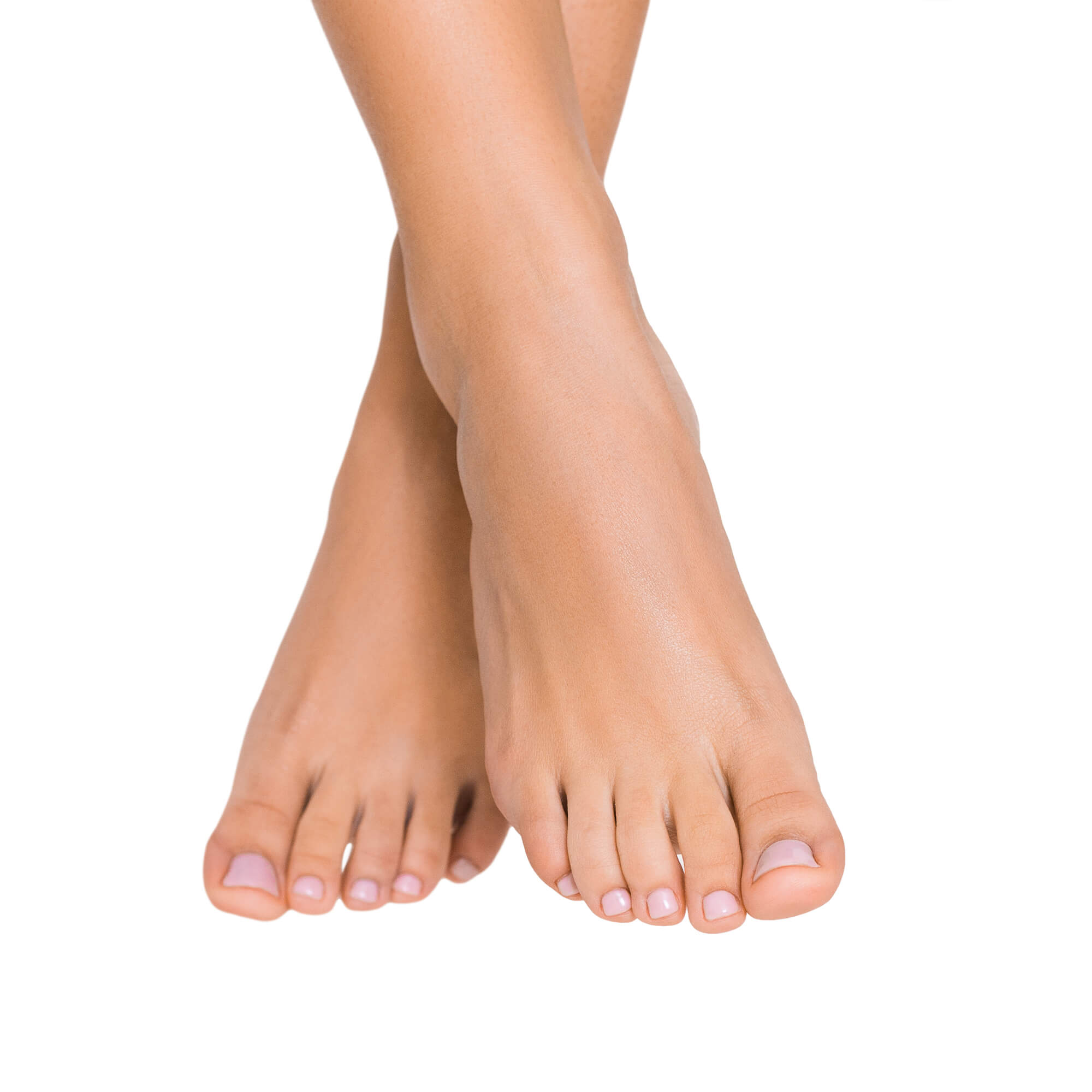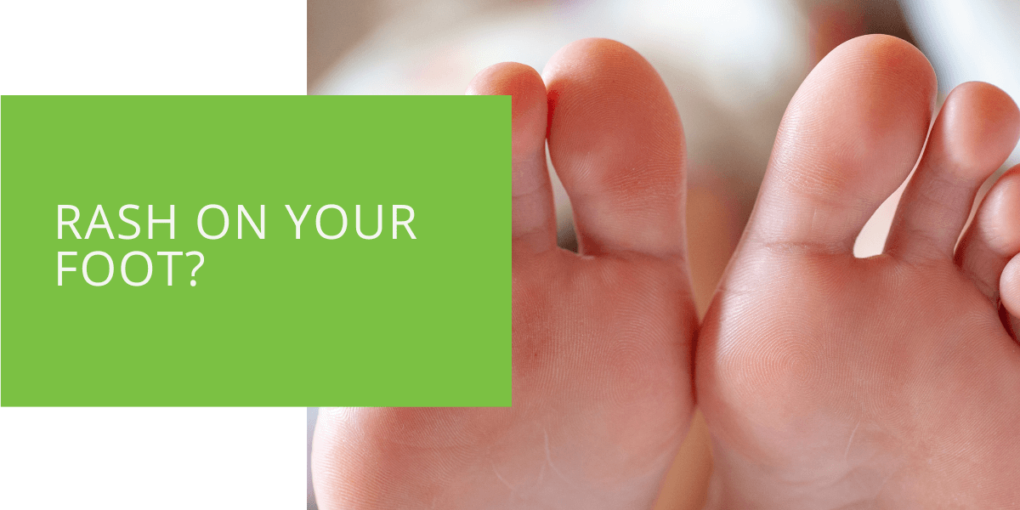Rash on Your Foot? Here’s What You Need to Know and How to Fix It
A foot rash, also known as a skin rash on the foot, is a common condition caused by various factors. It can present as an itchy, blistering, or scaly rash that can be uncomfortable and even painful. It is important to see a podiatrist for proper diagnosis and treatment, as there are many types of foot rashes, and each requires a different approach.
Symptoms of a Foot Rash
A foot rash typically presents as an itchy, red, and sometimes painful rash on the foot. Blisters, scaling, and soreness may also be present. The rash can spread to other body parts if not treated. If you experience severe rash cases, it is important to seek medical attention from a podiatrist.

Common Causes of Foot Rashes
There are many common causes of foot rashes. Some of the most common include:
Allergic Reactions
Contact dermatitis, a common skin rash, is often caused by an allergic reaction to a substance that comes into contact with the skin. This can include poison ivy, nickel in jewelry, or certain types of creams or lotions.
Fungal Infections
Fungal infections, such as athlete's foot, can cause itching, redness, and scaling on the feet. They are often caused by a fungus that thrives in warm, moist environments, such as public showers or swimming pools.
Bacterial Infections
Bacterial infections, such as cellulitis, can cause redness, swelling, and pain on the feet. They are often caused by breaks in the skin, such as cuts or blisters.
Irritation from Clothing or Footwear
Wearing tight or ill-fitting shoes can cause irritation and rubbing on the feet, leading to a rash. Certain materials, such as synthetic fabrics, can also irritate.
Heat Rash
Heat rash, also known as miliaria, can occur when sweat ducts become blocked, and sweat is trapped under the skin. This can lead to small, itchy bumps on the skin, particularly in warm weather or after exercise.

Preventing Foot Rashes
There are several steps you can take to prevent foot rashes:
Proper Foot Hygiene
Keeping your feet clean and dry is one of the best ways to prevent foot rashes. This includes washing your feet regularly with soap and water and drying them thoroughly.
Choosing the Right Footwear
Wearing shoes that fit properly and allow your feet to breathe can help prevent foot rashes. Avoid shoes that are too tight or made from synthetic materials.
Avoiding Exposure to Irritants
If you are prone to foot rashes, avoid exposure to irritants that may cause a rash. This includes harsh soaps, certain types of jewelry, and certain fabrics.

Treatment of Foot Rashes
Treatment for foot rashes will depend on the underlying cause.
Over-the-Counter and Prescription Medications
If an allergic reaction causes the rash, an over-the-counter antihistamine or hydrocortisone cream can relieve itching and redness. If a fungal infection causes the rash, an antifungal cream or oral medication may be prescribed by a podiatrist. If a bacterial infection causes the rash, antibiotics may be necessary.
Home Remedies
For mild cases of foot rash, home remedies can provide relief. Soaking the feet in cool water or using a cold compress can help reduce itching and inflammation. Applying aloe vera gel or calamine lotion can also provide relief.
When to See a Doctor
If the rash is severe, does not respond to over-the-counter treatments, or is accompanied by a fever, it is important to seek medical attention from a podiatrist. A podiatrist can properly diagnose the underlying cause of the rash and provide an appropriate treatment plan.
Duration of Treatment
The duration of treatment for a foot rash will depend on the underlying cause. A mild rash caused by an allergic reaction may clear up within a few days with over-the-counter creams. However, a severe rash caused by a fungal infection may require several weeks of treatment with antifungal medication.
Conclusion
Various factors, including allergic reactions, fungal infections, and irritation from clothing or footwear can cause foot rashes. Proper diagnosis and treatment are important to alleviate symptoms and prevent the rash from spreading. Prevention measures such as proper foot hygiene, choosing the right footwear, and avoiding exposure to irritants can also help prevent the development of foot rashes. If you experience a severe or persistent rash on your foot, it is important to seek medical attention from a podiatrist.
FAQ
How do I get rid of a rash on my foot?
The best way to get rid of a rash on the foot is to diagnose and treat the underlying cause properly. This may include using over-the-counter or prescription medications or home remedies such as soaking the feet in cool water or using a cold compress. It is also important to practice proper foot hygiene and avoid exposure to irritants that may have caused the rash. If the rash is severe or persistent, it is important to seek medical attention from a podiatrist.
What does a rash on feet mean?
A rash on the feet can have many causes, such as an allergic reaction, fungal infection, or irritation from clothing or footwear. It is important to see a podiatrist for proper diagnosis and treatment, as different types of rashes require different approaches.
How do you get rid of foot rash at home?
Several home remedies can help alleviate symptoms of a foot rash, such as soaking the feet in cool water, using a cold compress, or applying aloe vera gel or calamine lotion. Over-the-counter creams, such as hydrocortisone cream, can relieve itching and redness. However, if the rash is severe or persistent, it is important to seek medical attention from a podiatrist.
What do you do if you have a rash on your foot?
If you have a rash on your foot, it is important to diagnose and treat the underlying cause properly. This may include using over-the-counter or prescription medications or home remedies such as soaking the feet in cool water or using a cold compress. It is also important to practice proper foot hygiene and avoid exposure to irritants that may have caused the rash. If the rash is severe or persistent, it is important to seek medical attention from a podiatrist.
What kind of rashes can you get on your feet?
Many different types of rashes can occur on the feet, such as contact dermatitis, fungal infections, bacterial infections, heat rash, and eczema. Some rashes may be caused by an allergic reaction to a substance that comes into contact with the skin, such as poison ivy, nickel in jewelry, or certain types of creams or lotions.

